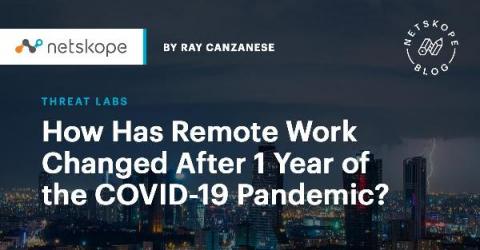How to Overcome the Challenges of Securing a Fully Remote Workforce
One of the most significant changes to come out of the COVID-19 pandemic is the shift to remote work. By late 2020, 58% of U.S. employees worked at home at least some of the time, and this trend will likely continue. While a remote workforce can bring several productivity and morale benefits, it also creates some security challenges such as cyber threats. Most companies’ cyber defenses are designed to handle a single, centralized network in one location with standardized devices.






